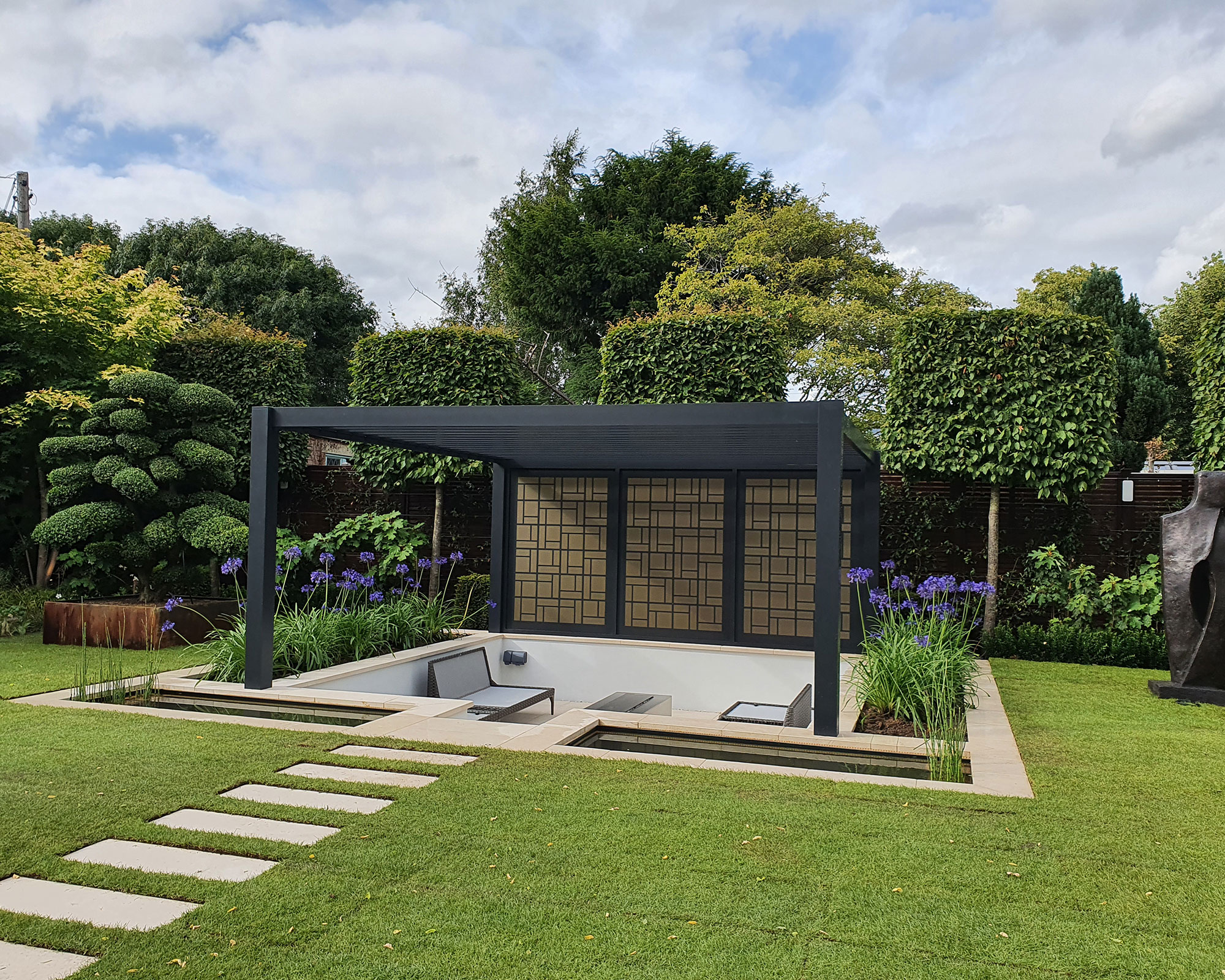Facts About Hilton Head Landscapes Revealed
Table of ContentsThe smart Trick of Hilton Head Landscapes That Nobody is DiscussingAn Unbiased View of Hilton Head LandscapesThe Best Strategy To Use For Hilton Head LandscapesNot known Facts About Hilton Head LandscapesHilton Head Landscapes Fundamentals ExplainedAll About Hilton Head LandscapesGetting The Hilton Head Landscapes To Work
Line produces all kinds and patterns and can be used in a selection of methods in the landscape. Line in the landscape is created by the edge between two products, the rundown or shape of a form, or a lengthy direct attribute. Lines are a powerful tool for the designer because they can be used to develop an infinite selection of forms and types, and they regulate motion of the eye and the body.

Lines can have several features, such as those defined below, but they commonly offer various purposes. Number 1. Lines in the landscape - Landscaping bluffton sc. The properties of lines establish exactly how individuals react to the landscape, both psychologically and physically. Straight lines are structural and forceful; they develop a formal personality, are normally associated with a balanced design, and lead the eye straight to a centerpiece.
Some Known Questions About Hilton Head Landscapes.
Curved lines create a casual, all-natural, relaxed character that is associated much more with nature and unbalanced equilibrium. Rounded lines relocate the eye at a slower pace and add mystery to the area by producing surprise views.
Upright lines in the landscape consist of tall, narrow plant product, such as trees, or high frameworks, such as an arbor or a bird house on a pole. Horizontal lines relocate the eye along the ground airplane and can make an area feel bigger. Low lines are a lot more suppressed and create a feeling of rest or repose.
Hilton Head Landscapes for Beginners
Lines are also produced by the upright forms of developed attributes and plant material. There are three primary line types that develop form in the landscape: bedlines, hardscape lines, and plant lines.
Bedlines connect plant product to the house and hardscape since the eye complies with the line, relocating the gaze with the landscape. Hardscape lines are developed by the edge of the hardscape, which defines the constructed framework. Line can also be produced by lengthy and narrow products, such as a fencing or wall.
Getting My Hilton Head Landscapes To Work
Kind is discovered in both hardscape and plants, and it is generally the leading visual element that spatially arranges the landscape and often identifies the style of the garden. The type these details of structures, plant beds, and yard ornaments additionally figures out the total kind motif of the yard. Formal, geometric types include circles, squares, and polygons.
Plants produce form in the yard via their outlines or silhouettes, but form can additionally be specified by a space or unfavorable space between plants - bluffton landscaping (https://www.tumblr.com/h1tnhdlndscps/754928253939187712/family-owned-and-operated-hilton-head-landscapes?source=share). Circles can be cycles, or they can be split into half circles or circle sectors and incorporated with lines to create arcs and tangents
Things about Hilton Head Landscapes
Circles are a solid layout type because the eye is always drawn to the facility, which can be utilized to highlight a focal point or connect other kinds. Round forms in hardscape and yard panels.
The square type can also be segmented and secondhand repeatedly to create a grid pattern. Unlike circles, squares are more powerful on the sides, which can be lined up or overlapped to produce one-of-a-kind patterns and more intricate kinds.
Twisting lines typically resemble the all-natural course of rivers or streams and can be described as smooth lines with deeply rounded undulations. Twisting lines (Figure 3) work well for pathways, plant bedlines, and completely dry stream beds. Twisting lines can include passion and enigma to a garden by leading audiences around edges to find brand-new views and areas.
8 Simple Techniques For Hilton Head Landscapes

Common plant kinds are well developed and standard, as type is the most consistent and identifiable characteristic of plants. Kind can likewise be developed with the massing of plants, where the overall mass creates a various type than a private plant.
A very contrasting kind has to be made use of with careone or 2 job well as a focal factor, however way too many produce disorder. All-natural plant types, instead of over-trimmed forms, need to develop the bulk of the composition. The relevance of general type is basically depending on the seeing perspectivethe kind of a tree can appear rather different to a person standing under the cover versus watching the tree from a range in an open area.
6 Simple Techniques For Hilton Head Landscapes
Plant forms likewise develop and specify deep space or open areas in between the plants, creating either convex or concave types in the gaps. High-arching tree branches normally create a concave open area under the branches, and a round cover with reduced branches loads the space to produce a convex kind outdoors room under the tree.
